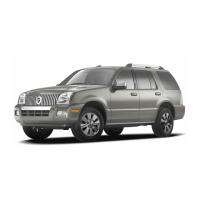
Do you have a question about the Mercury Mountaineer 2001 and is the answer not in the manual?
| Brand | Mercury |
|---|---|
| Model | Mountaineer 2001 |
| Category | Automobile |
| Language | English |
Instructions on preparing the vehicle before starting the engine, including safety precautions.
Key precautions before starting the vehicle, ensuring occupant safety and proper vehicle readiness.
Step-by-step guide on how to start the vehicle's engine, including procedures for different temperature conditions.
Information on the vehicle's service brakes, including normal noises and when to seek inspection.
Explanation of the ABS warning lamp and required service actions when it illuminates.
Instructions on how to apply and release the parking brake, and its emergency use.
Information on the brake-shift interlock feature and procedures for moving the gearshift.
Explanation of the different gearshift positions (P, R, N, D) and their functions.
Explanation of the three modes of the Control-Trac system: 4WD AUTO, 4WD HIGH, and 4WD LOW.
Explanation of terms like Base Curb Weight, Payload, GVW, and GVWR for understanding vehicle load limits.
Guidelines for safe trailer towing, including equipment, preparation, and vehicle servicing.
Details on Ford's complimentary roadside assistance program, service availability, and coverage.
Instructions on using the hazard flasher for emergencies and warnings.
Procedure to reset the fuel pump shut-off switch after a substantial jolt or collision.
Explanation of fuses, how to identify blown fuses, and a chart of standard fuse amperage ratings and colors.
Instructions for changing a flat tire, including safety precautions and moving the vehicle.
Step-by-step guide on how to change a vehicle tire, including safety and blocking the wheels.
Safety precautions and steps for jump-starting a disabled vehicle's battery.
Detailed instructions on how to connect jumper cables between two vehicles correctly.
Recommendations for towing a vehicle using a wrecker, including preferred equipment and procedures.
General advice on vehicle servicing, including DIY items, scheduled maintenance, and using recommended parts.
Important safety precautions to follow when inspecting or servicing the vehicle.
Step-by-step instructions on how to open the vehicle's hood.
Diagram and list identifying key components in the engine compartment for the 4.0L SOHC V6 engine.
Diagram and list identifying key components in the engine compartment for the 5.0L V8 engine.
Instructions for checking the engine oil level, including proper procedure and precautions.
Recommended engine oil types (SAE 5W-20 and 5W-30) and specifications for different engines.
Instructions for checking and adding brake fluid, including safety precautions and fluid type.
Information on checking engine coolant, its composition, and importance of maintaining correct levels.
Detailed steps for adding engine coolant, specifying types, concentrations, and important warnings.
Instructions for checking and adding power steering fluid, including operating temperature and fluid level.
Guide to checking automatic transmission fluid, including warm-up procedures and fluid level checks.
Information on the maintenance-free battery, checking electrolyte level, and cleaning terminals.
Guidance on checking tire pressure and rotating tires for even wear and longevity.
Instructions on when to replace tires and precautions for selecting and installing replacement tires.
Important safety precautions regarding fuel tanks, fuel filler caps, and handling automotive fuels.
Guidelines for safe handling of automotive fuels, including extinguishing flames and avoiding vapors.
Recommendations for using unleaded fuel and avoiding methanol or metallic compounds.
Vehicle's recommended octane rating for gasoline (87 octane) and advice on engine knocking.
Advice on fuel quality, potential issues with starting/idle, and the use of premium vs. regular gasoline.
Information on the fuel filler cap's design, operation, and importance of proper installation.
Techniques for measuring and improving fuel economy, including driving habits and fuel filling methods.
Tips on driving habits and maintenance practices to improve fuel economy.
Explanation of emission control components, catalytic converters, and how to maintain them.
Explanation of on-board diagnostics system readiness for I/M testing and driving cycles required.
Information on replacing exterior bulbs, including checking operation and replacement precautions.
Detailed steps for removing and installing headlamp bulbs, including handling precautions.
Steps for removing and replacing front parking and turn signal bulbs.
Instructions for replacing tail, turn, and backup lamp bulbs.
Steps for removing and installing foglamp bulbs.
Instructions for replacing license plate lamp bulbs.
Steps for removing and replacing high-mount brake lamp bulbs.
Chart specifying replacement bulb types and trade numbers for various exterior lamps.
Information on headlamp aiming and when to seek professional checking after an accident.
General advice on washing the vehicle, including water temperature, detergents, and spot prevention.
Guidance on waxing the vehicle, including frequency, wax types, and avoiding the windshield.
Advice on cleaning the engine, including precautions when using power washers and cold water.
Instructions for cleaning wheels, including recommended detergents and avoiding abrasives.
Instructions for cleaning wiper blades, windshield, and rear window for clear visibility.
How to clean seats equipped with side airbags, removing dust and spots.
Instructions for cleaning the instrument panel and avoiding cleaners that increase gloss.
Instructions for cleaning safety belts with mild soap solution and checking for wear or damage.
Instructions for cleaning leather seats, recommending specific cleaning kits and products.
List of Motorcraft part numbers for engine components like air filter, fuel filter, and spark plugs.
Table detailing refill capacities for various fluids like brake fluid, engine oil, fuel, and transmission fluid.
Table listing lubricant items, Ford part names, numbers, and specifications for various vehicle fluids.
Table providing engine data such as cubic inches, required fuel octane, firing order, and compression ratio.
Table listing vehicle dimensions in millimeters and inches, including overall length, width, height, and wheelbase.
Information on locating the Certification Label, Vehicle Identification Number (VIN), and Engine Number.
Details on Ford Extended Service Plan (ESP) coverage, benefits, and how to purchase it.
Guidance on obtaining vehicle service and warranty repairs from authorized dealerships.
Information for owners away from home, including contact details for dealerships and Customer Relationship Centers.
Details about the U.S. Dispute Settlement Board, an arbitration program for warranty disputes.
Explanation of the types of warranty concerns and performance issues reviewed by the Dispute Settlement Board.
List of information required for case review by the Dispute Settlement Board, such as documents and vehicle details.
Details on Canada's Motor Vehicle Arbitration Plan (CAMVAP) for resolving vehicle service concerns.
Details on Ford's quality car care products, their engineering, and recommendations for use.
Information on available Ford accessories, their engineering, and warranty details.
Listing of vehicle security accessories, including styled wheel locks and security systems.
List of comfort and convenience accessories such as cargo nets, engine block heaters, and tire steps.
List of travel equipment accessories like luggage racks, cellular phone holders, and trailer hitches.
List of protection and appearance accessories, including floor mats, hood deflectors, and paint touch-up.
Information on how to order additional owner's literature and publications.
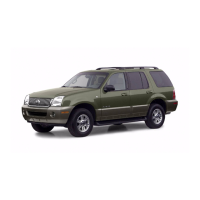
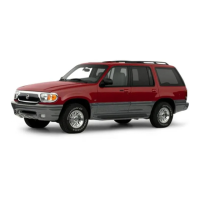
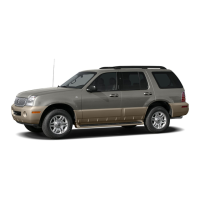
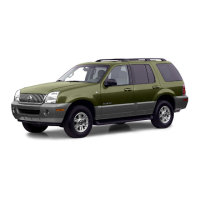
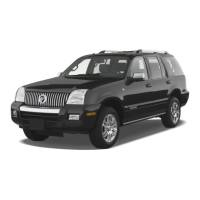
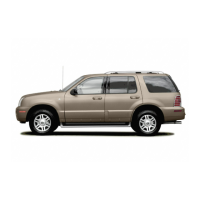
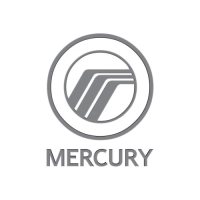
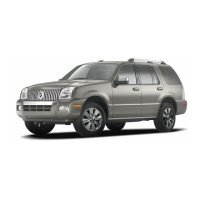
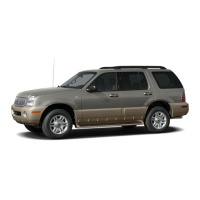
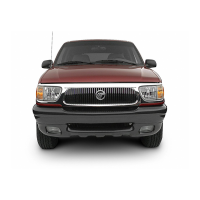
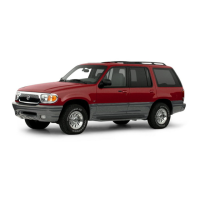

